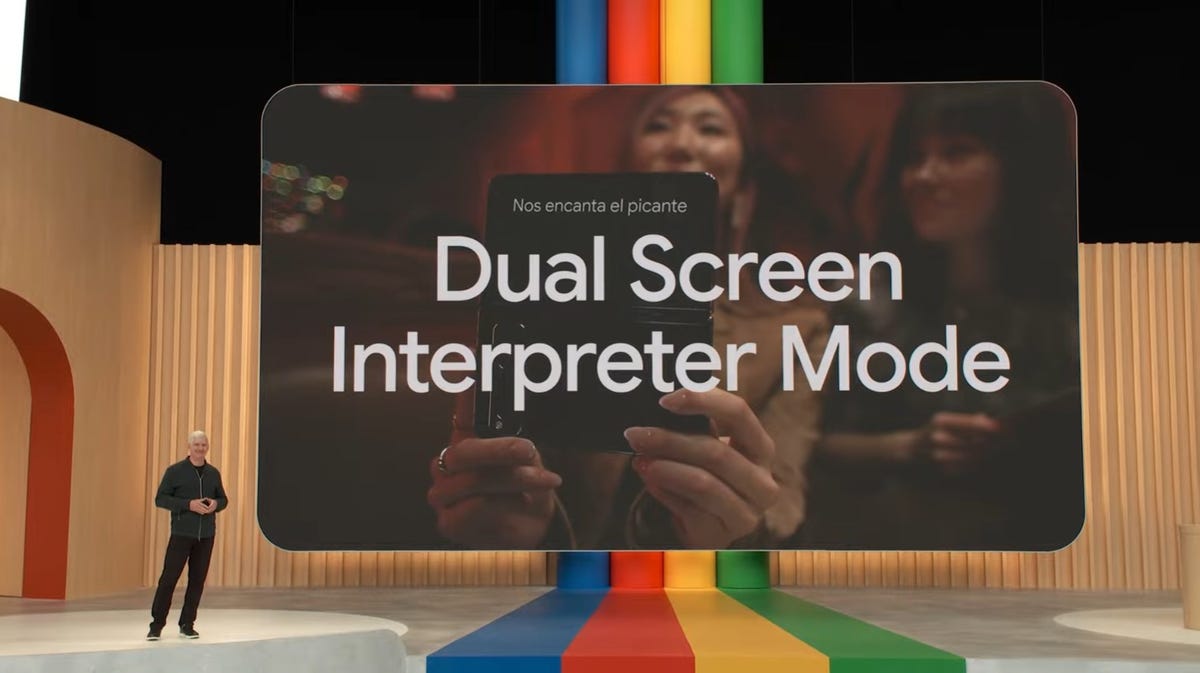Exactly a year ago, Google unveiled a pair of augmented reality (AR) glasses at its I/O developer conference. But unlike Google Glass, this new concept, which didn’t have a name at the time (and still doesn’t), demonstrated the utility of digital overlays, promoting the idea of language translation into real time during a conversation with another person.
It wasn’t about casting magic spells or seeing cartoons in the glass of glasses, but rather about making accessible something we all do every day: communicate.
The concept looked like an ordinary pair of glasses, making it clear that you didn’t have to look like a cyborg to enjoy the benefits of today’s technology. But, again, it was just a concept, and Google hasn’t really talked about the product since then.
When AI replaces AR
Twelve months have passed and the popularity of AR has been replaced by another acronym: AI, which shifts the attention of Google and the tech industry to artificial intelligence and machine learning, at the expense of metaverses and , I guess, glasses that help you transcribe a language in real time. An example: Google literally said the word “AI” 143 times during this week’s I/O event.
But it was also during this event that something else caught my eye. A feature that Google briefly introduced with the new Pixel Fold.

Google
The company calls it Dual Screen Interpreter Mode, a transcription feature that leverages the foldable device’s front and back screens and the Tensor G2’s processing power to simultaneously display what a person is saying and how it translates. in another language. At a glance, you can understand what someone else is saying, even if they don’t speak the same language as you. Does this remind you of something ?
I’m not saying a foldable smartphone replaces augmented reality glasses (but hey)
I’m not saying that a foldable smartphone is a direct replacement for augmented reality glasses. And I remain convinced that these will exist in the future and will potentially replace all the devices we currently carry on us. But the Pixel Fold’s dual-screen interpreter mode is the closest callback to the year-old Google Glasses concept. And I look forward to testing the feature when it arrives.
The Pixel Fold is available for pre-order now, and Google says it will start shipping by next month. But even then, it will be necessary to wait until the fall for the translation function to be officially launched.
Source: “ZDNet.com”
